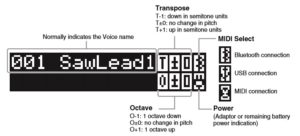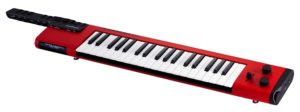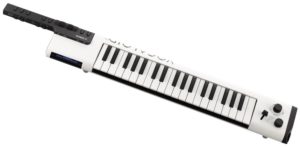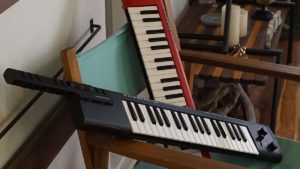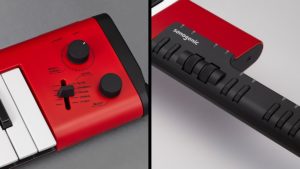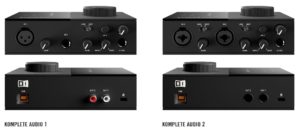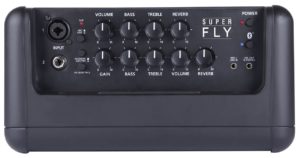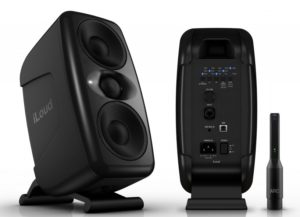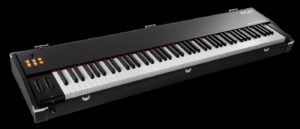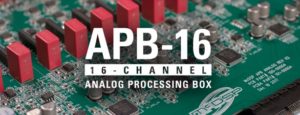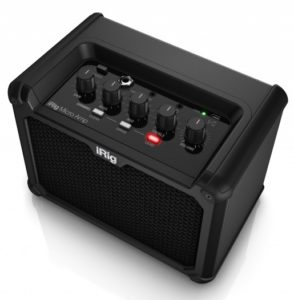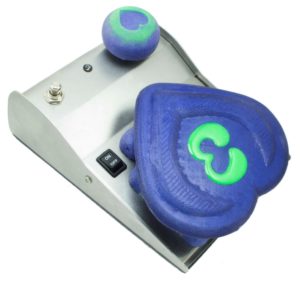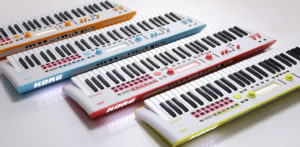I’m going to post a random selection of Youtube videos here as I stumble into them.
First up are a couple of Yamaha Sonogenic SHS-500. The first video featuring Gabriel Aldort from Yamaha is funny, but shows the essence of the Sonogenic — a fun instrument to play along with tunes. One tidbit — Android support is coming down the line. Does this mean a version of Chord Tracker for Android? Chord Tracker is an important ecosystem cornerstone for several Yamaha digital instruments.
The second Sonogenic video is in Polish. The demonstrator is clearly having fun and there are a few snippets of the instrument sounds. Gratefully, they ducked the vocal and ambient noise during the snippets so you can hear how the SHS-500 really sounds. The drums and eleectric piano aren’t bad.
Everybody’s main man Katsunori UJIIE gives us the run down on the Yamaha MODX synthesizer. Also, check out this blast from the past: UJIIE’s Reface CP demo. Man, that guy is creative! Can’t wait for his demo of the new Yamaha CP73/CP88 digital pianos. It’s no wonder that the street price on the CP and YC have remained firm while the DX and CS are heavily discounted from their initial price. The Reface CP is still a quick and cheap way to get SCM electric pianos (Spectral Component Modeling).
BTW, UJIIE has really mastered those Reface mini keys. I still use the Reface YC at rehearsals. So easy to schlep! I can set up and be ready to go in 60 seconds. Just give me a music stand with the Reface YC across my lap.
On February 12, Frank Ventresca at AudioworksCT hosted a Yamaha Genos™ demonstration and workshop featuring Yamaha Product Specialist Heratch Touresian. (Heratch was assisted by Maio Obregón, Yamaha District Manager.) Frank has posted the video on Youtube. It’s almost three hours long! Thank you Heratch and Frank.
Full disclosure: I purchased an PSR-S950 and Genos from Frank. A great experience both times.
Overall, you get a terrific overview of Genos and current owners will learn new tricks. The last half-hour or so shows off Genos as a songwriting tool. Today’s arrangers — especially Genos — are not your grandfather’s boom-chukka.
If you’re new to Genos, check out my Genos quick start. Also, click on the Genos tag to find all the other Genos-related content on my site.
Copyright © 2019 Paul J. Drongowski

